How Can a Sit-to-Stand Device Improve Mobility?
Mobility is a cornerstone of independence and quality of life, particularly for individuals facing challenges with movement. Sit-to-stand Devices have emerged as an invaluable tool for enhancing mobility and offering users greater freedom in their daily routines. In this article, we’ll explore how these devices work, their benefits, and tips for integrating them into daily life.
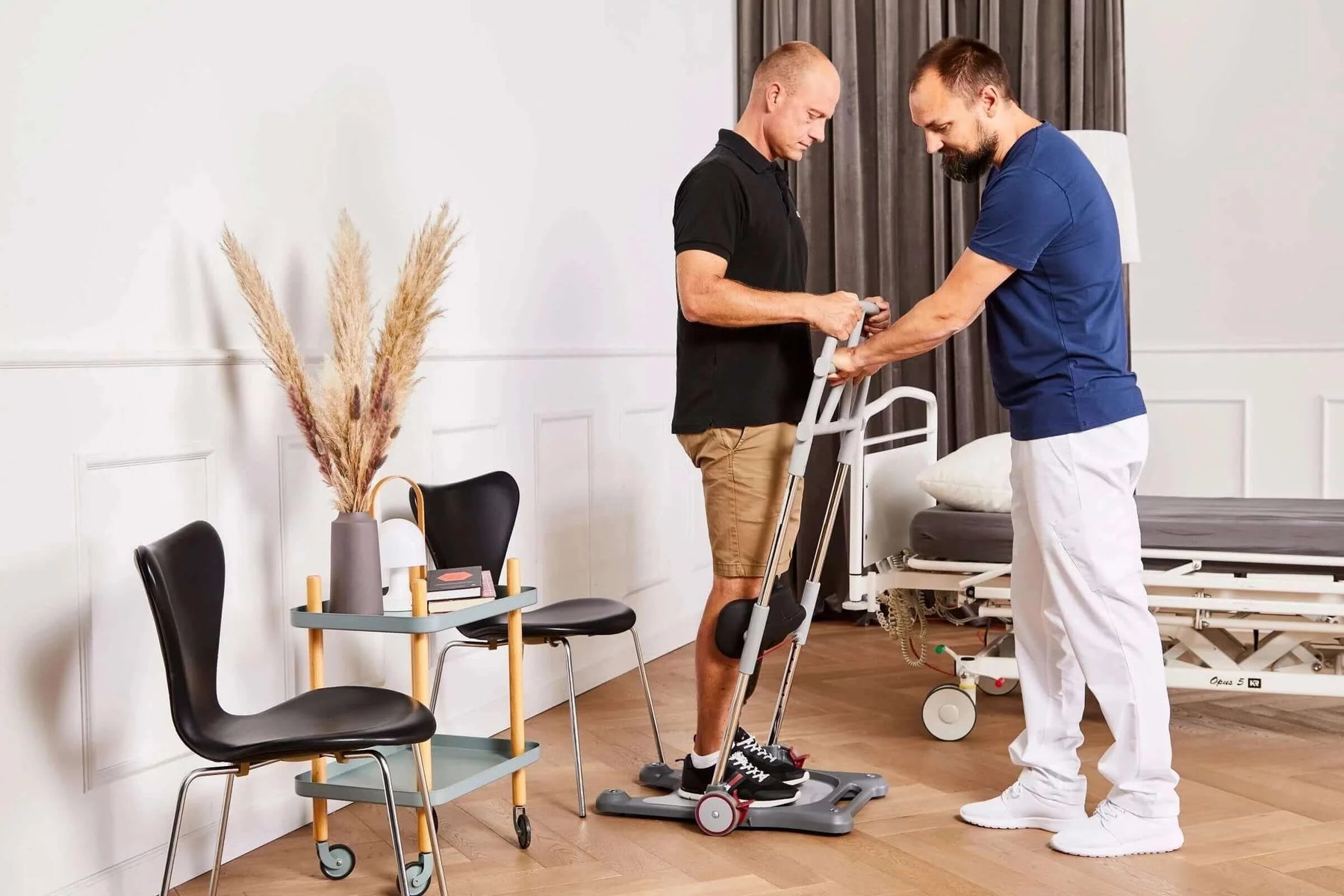
What Are Sit-to-Stand Devices?
Sit-to-Stand devices are assistive tools designed to help individuals transition safely and smoothly from a seated to a standing position. They are especially valuable for those with limited mobility or muscle strength.
These devices come in various forms, including:
- Portable Lift Chairs: Ideal for home use.
- Hoists: Common in medical and rehabilitation settings.
- Specialized frames: Versatile options for individuals with different needs.
The primary goal of these devices is to provide support, stability, and safety during transitions. By reducing the risk of falls, they empower users to perform daily tasks with greater confidence and independence.
Key Benefits of Sit-to-Stand Devices
Sit-to-stand devices offer a wide range of advantages, making them a game-changer for mobility-challenged individuals. Here are some of the most notable benefits:
1. Promoting Independence
For those who struggle to stand unassisted, these devices restore a sense of autonomy. Being able to transition from sitting to standing without help boosts confidence and allows for greater participation in daily activities.
2. Supporting Physical Health
Regular use of a sit-to-stand device engages leg muscles, promoting strength and reducing muscle atrophy. Over time, this can lead to improved balance and physical stability, making other movements easier as well.
3. Easing the Caregiver Burden
Caregivers often face physical strain when assisting individuals with limited mobility. Sit-to-stand devices reduce the need for direct physical support, creating a healthier and more balanced caregiving relationship.
4. Enhancing Mental Well-Being
Improved mobility fosters increased social interactions and reduces feelings of isolation, which are common among individuals with limited movement. The resulting boost in mental health contributes to an overall better quality of life.
5. Facilitating Rehabilitation
In recovery settings, such as after surgery or injury, sit-to-stand devices are instrumental. They aid physical therapy goals by enabling gradual strength-building exercises, helping users regain mobility and confidence more effectively.
How Sit-to-Stand Devices Enhance Mobility
The primary function of sit-to-stand devices is to support smooth transitions between sitting and standing positions. This assistance reduces physical strain, particularly for older adults or individuals recovering from surgery or injury.
By consistently using the device, users can:
- Practice standing skills: Repetition helps improve balance, coordination, and muscle strength.
- Increase mobility over time: Regular practice can make standing easier, even without the device.
- Achieve rehabilitation milestones: Sit-to-stand devices support recovery by encouraging safe and controlled movements.
Whether used at home, in therapy, or in medical settings, these devices provide a reliable foundation for mobility improvements.
Choosing the Right Sit-to-Stand Device
Selecting the right sit-to-stand device requires careful consideration of individual needs. Here are some factors to keep in mind:
1. User Requirements
- Weight and height: Ensure the device accommodates the user’s physical dimensions.
- Health conditions: Some models are tailored for specific needs, such as limited upper-body strength or chronic conditions.
2. Intended Use
- Home use: Opt for portable models that are easy to maneuver.
- Rehabilitation or medical settings: Consider heavier, more durable options with additional features.
3. Professional Guidance
Consulting a healthcare provider or physical therapist is essential. They can recommend devices that align with the user’s unique mobility challenges and goals.
4. Comfort and Ease of Use
Testing different models before purchase can help ensure the chosen device feels secure and meets the user’s needs effectively.
Integrating Sit-to-Stand Devices Into Daily Life
Successfully incorporating a sit-to-stand device into daily routines can maximize its benefits. Here are some tips for seamless integration:
1. Establish a Routine
Use the device at consistent times, such as during morning wake-ups, meal transitions, or before bedtime. This builds familiarity and confidence.
2. Combine with Social Activities
Encourage users to leverage the device for engaging in social interactions, like family gatherings or community events, to promote both mobility and connection.
3. Utilize Modern Features
Many devices come with advanced features like adjustable heights, padded supports, and user-friendly controls. These features simplify usage and enhance the overall experience.
4. Pair with Physical Activity
Incorporate the device into physical therapy exercises or light daily activities to further improve strength and mobility.
Final Thoughts
Sit-to-stand devices are transformative tools for individuals facing mobility challenges. By promoting independence, physical health, and mental well-being, these devices provide a pathway to a more active and fulfilling lifestyle. Whether you’re considering a sit-to-stand device for yourself or a loved one, remember that selecting the right model and integrating it thoughtfully into daily life are key steps toward reaping its full benefits.
Let Us Know What You Think!
Your thoughts and questions are incredibly valuable to us, and we'd love to hear from you. If you have additional insights to share, your comments can spark meaningful discussions and enhance the collective knowledge of our community. Don't hesitate to ask any questions you may have; our team is here to provide answers and engage with you. So, please, take a moment to leave a comment or question below. Your input is much appreciated!




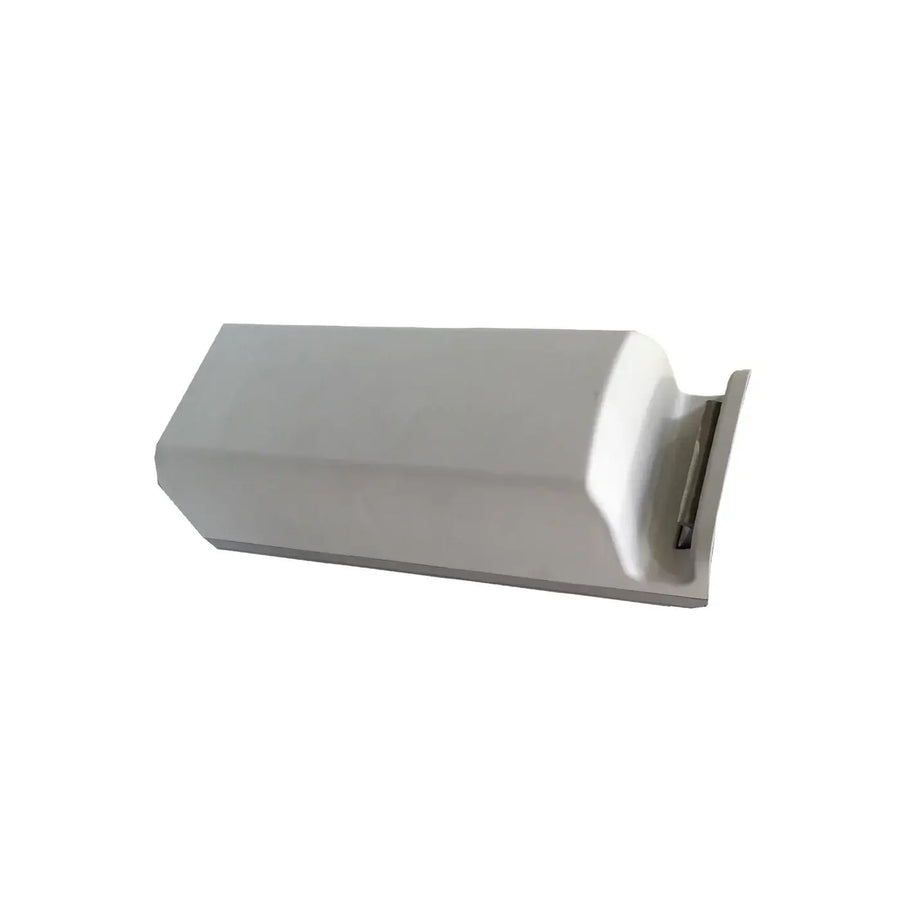
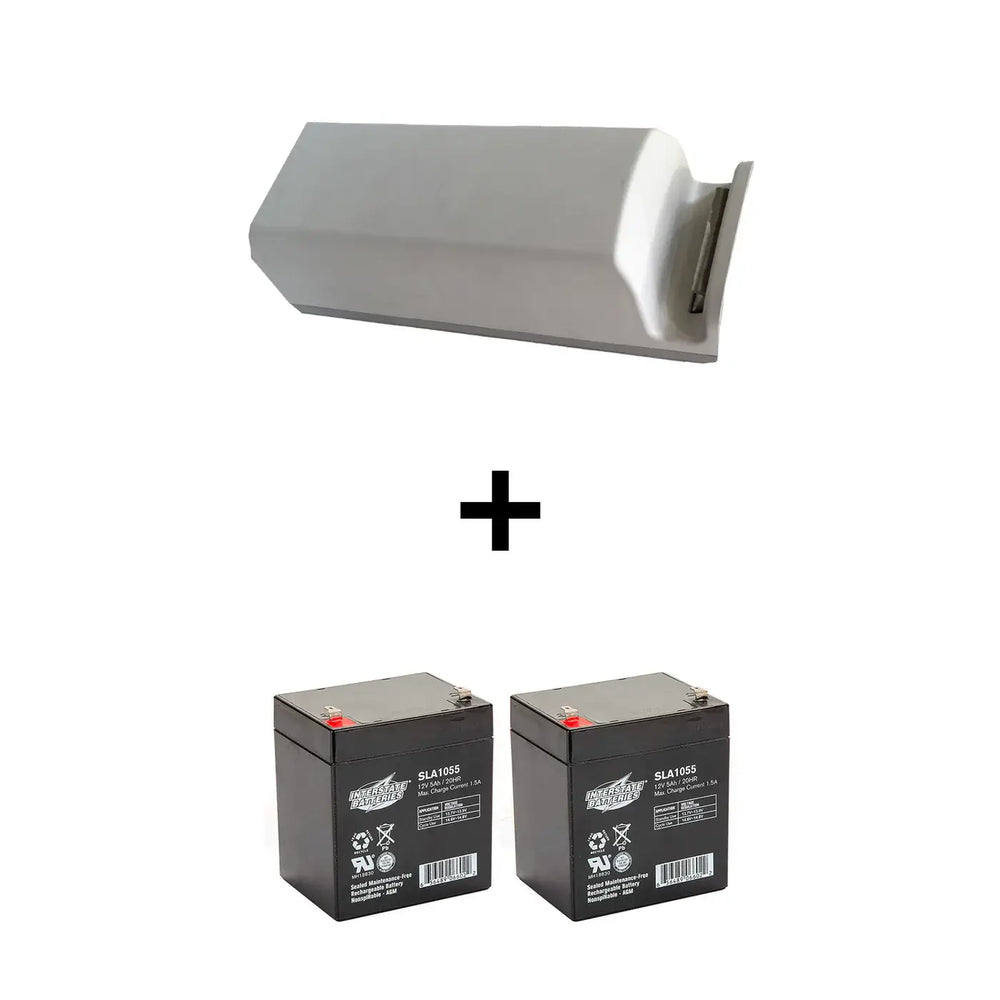

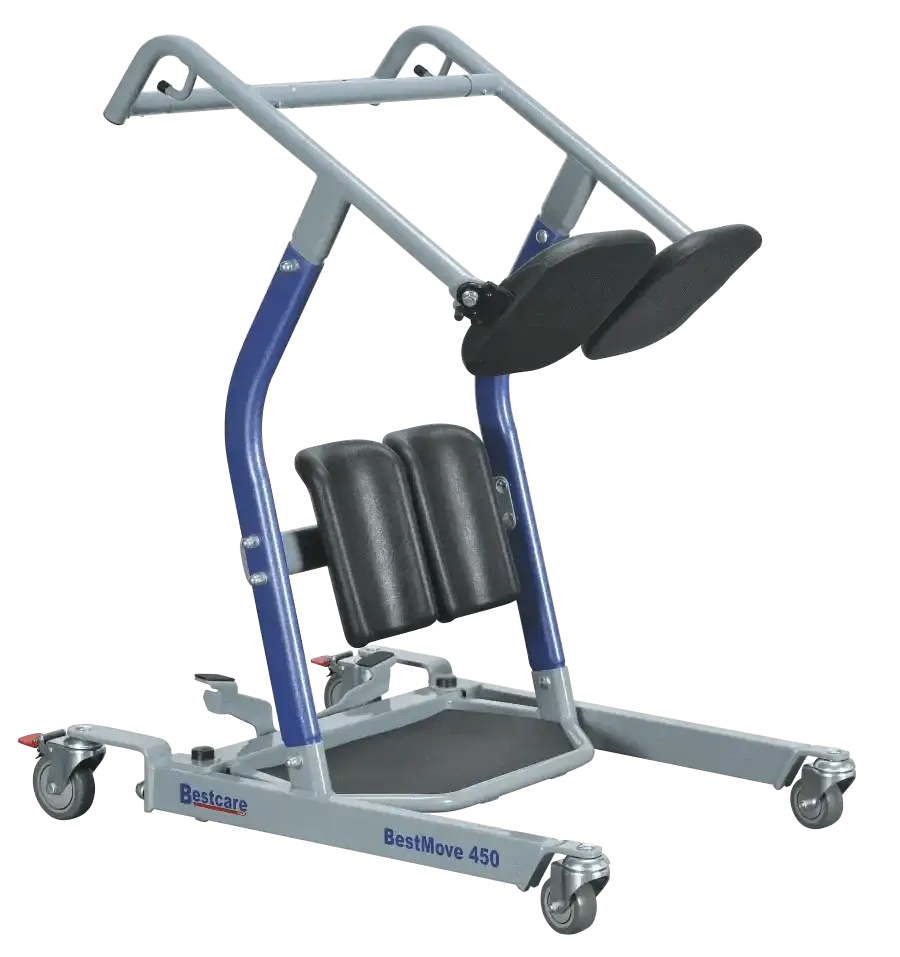
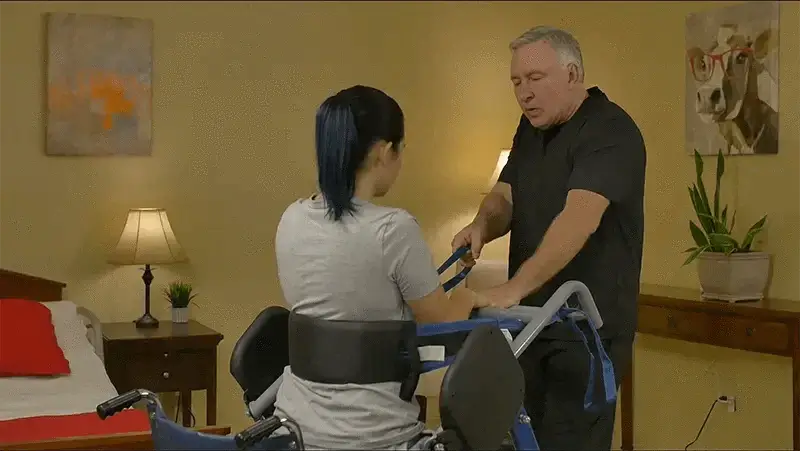
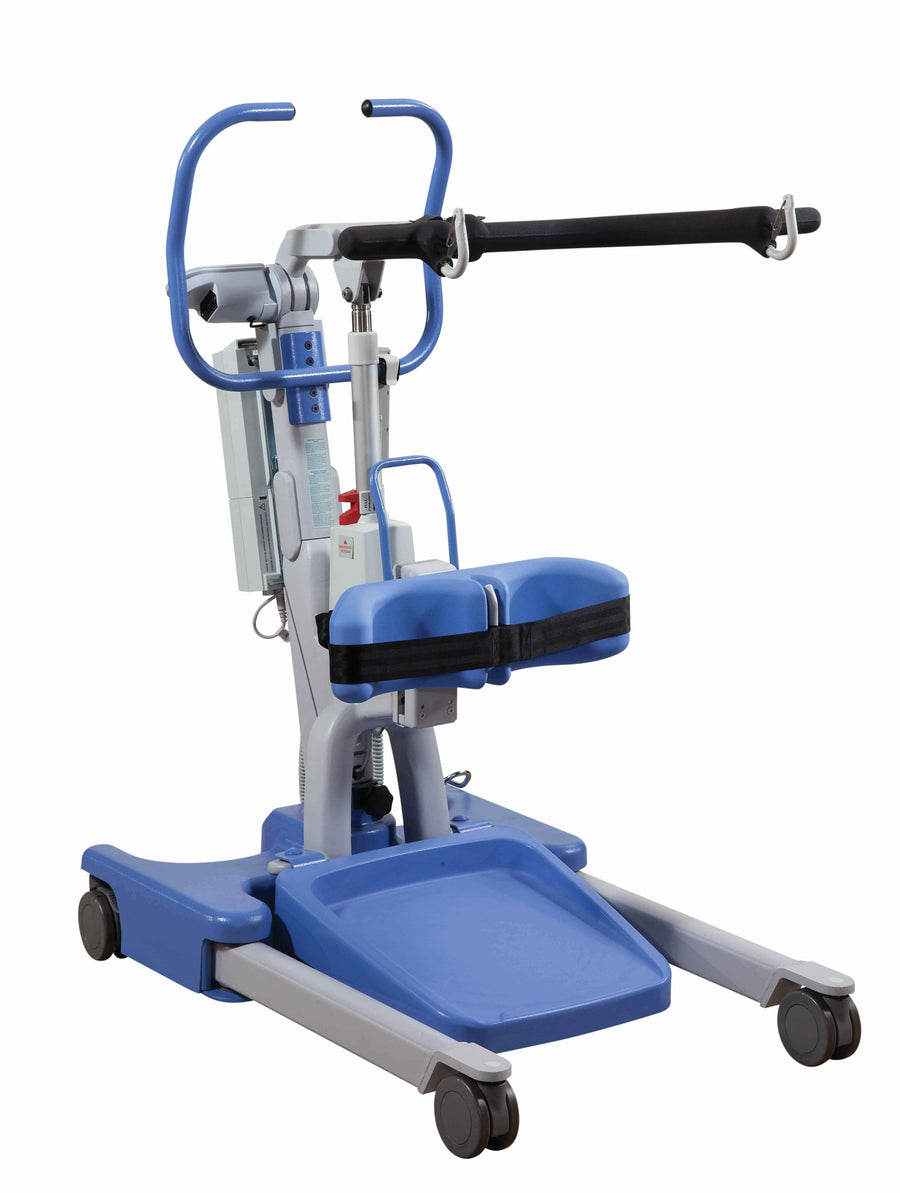
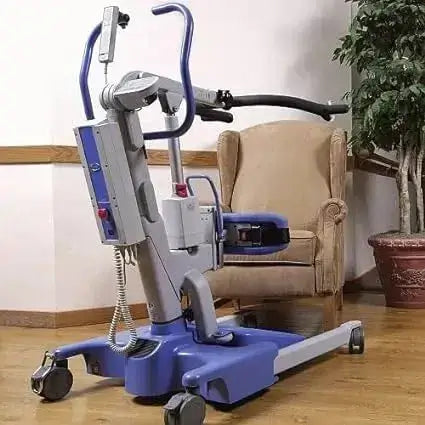
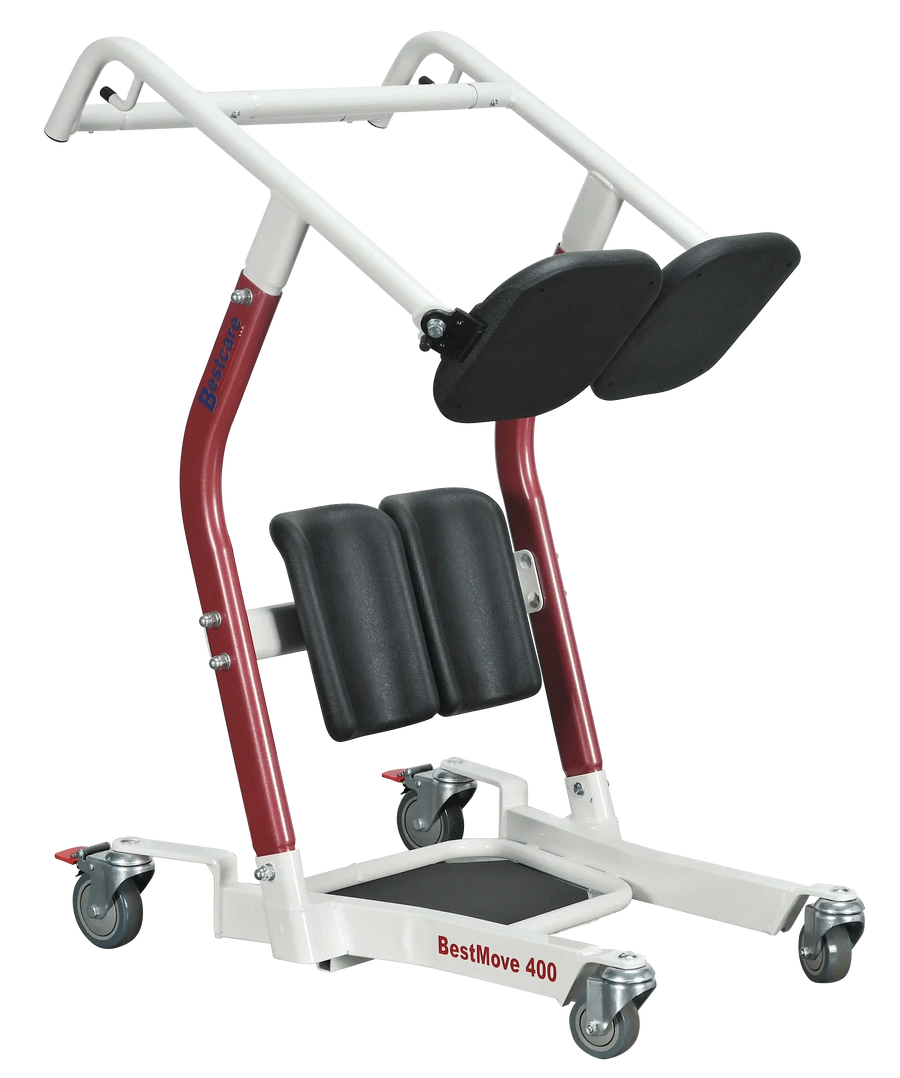
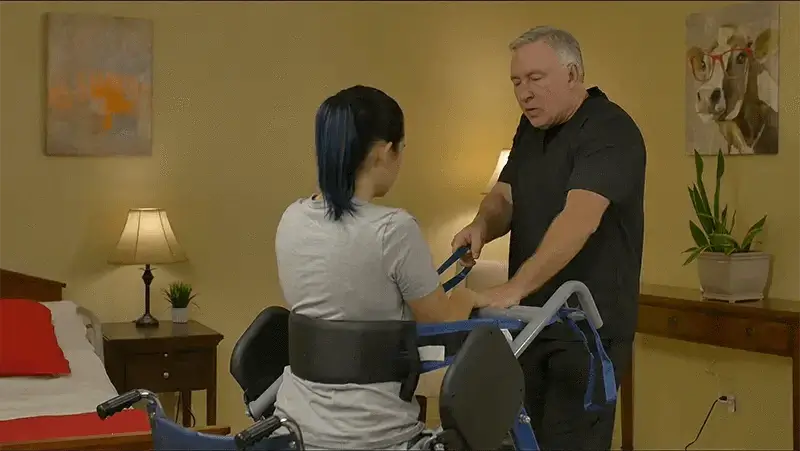


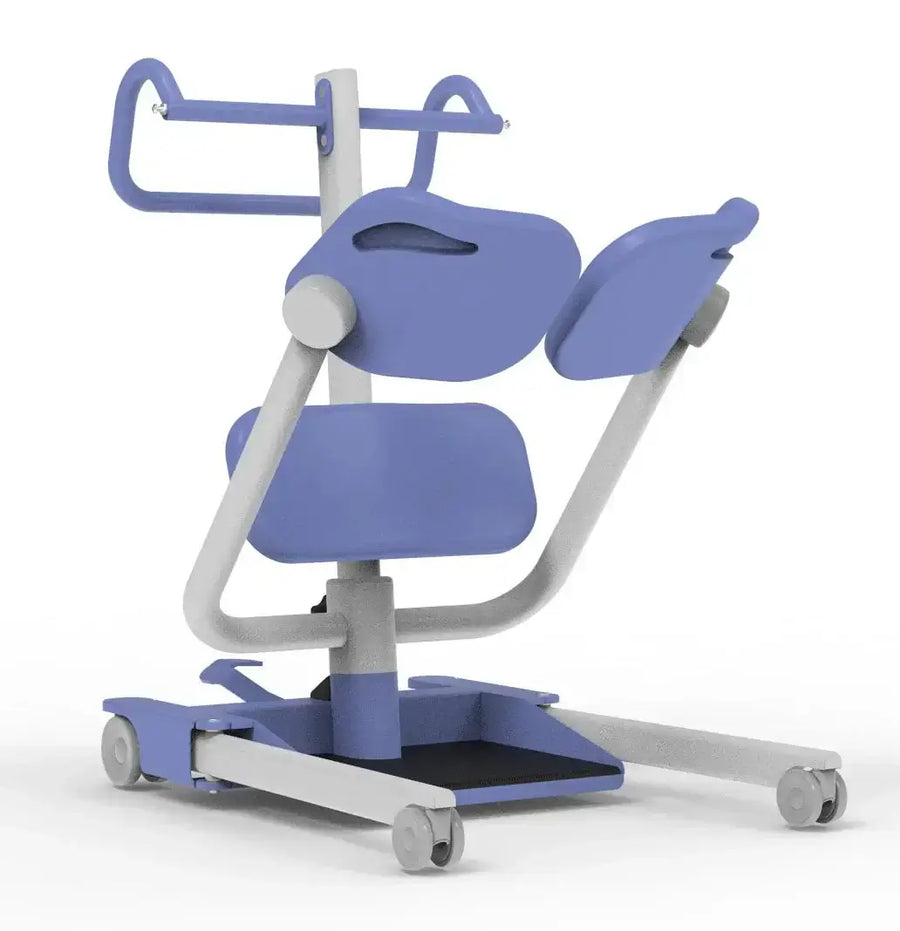
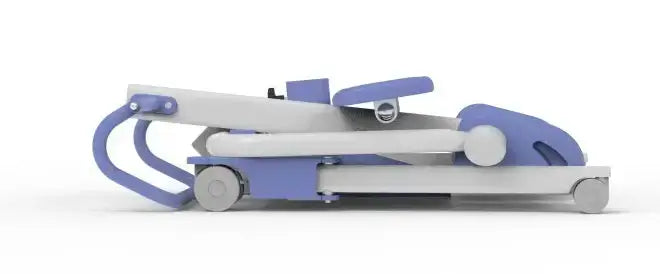
Leave a comment